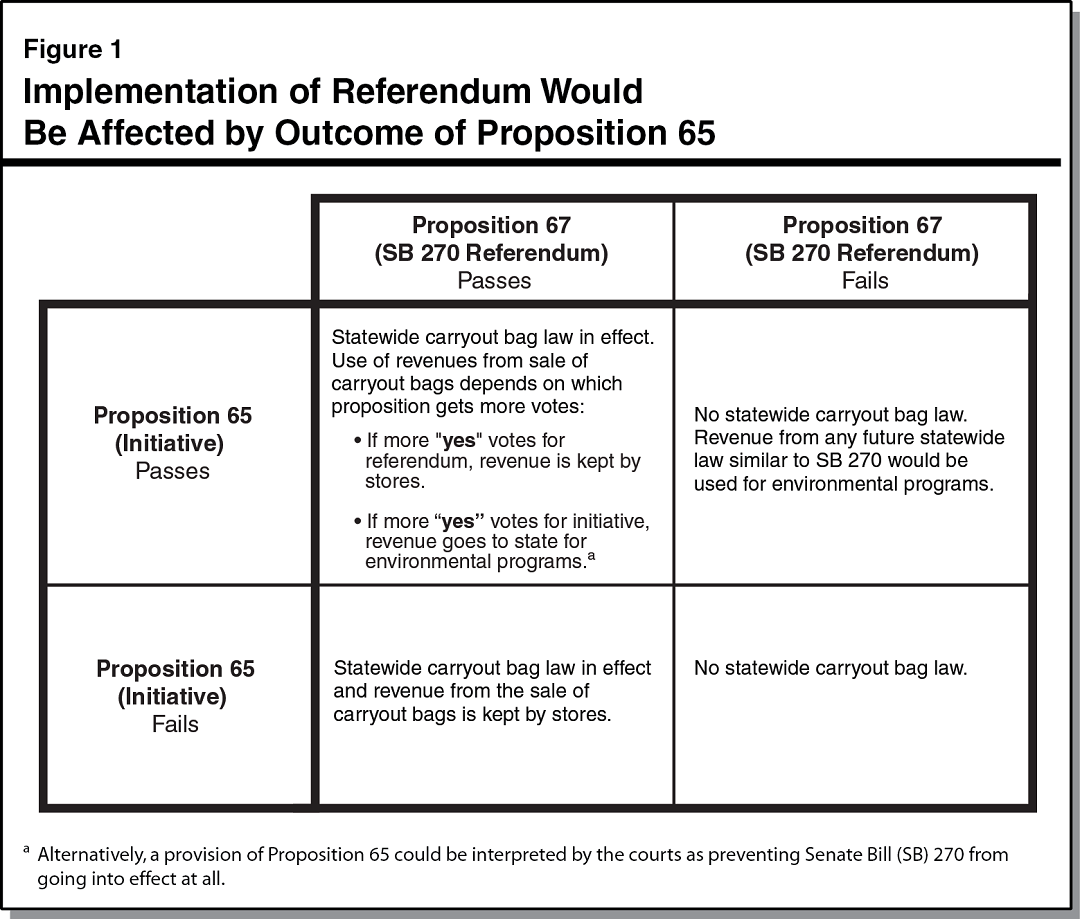Official Summary
Requires background check and Department of Justice authorization to purchase ammunition. Prohibits possession of large–capacity ammunition magazines (>10 rounds), and requires their disposal. Establishes procedures for enforcing laws prohibiting firearm possession by specified persons. Requires Department of Justice's participation in federal National Instant Criminal Background Check System (currently optional).
Fiscal Impact: Increased state and local court and law enforcement costs, potentially in the tens of millions of dollars annually, related to a new court process for removing firearms from prohibited persons after they are convicted.
- Official CA Voter Guide Summary
- Legislative Analyst Office Analysis
- Show Me The Money (as of Oct 22)
- support: $5,000,000
- oppose: $ 740,000
- Ballotpedia Summary
Notes
- requires most ammunition sales be made through licensed ammunition vendors and reported to Dept of Justice
- 1 year license
- not required if hunter selling less than 50 rounds per month to another licensed hunter on hunting trip
- firearm dealers will automatically get ammunition license
- dealers must report any theft within 48 hours
- vendor who fails to comply 3 times will have license permanently revoked
- starting Jan 2018, most ammo sales must take place through licensed ammo dealer (including internet sales)
- starting July 2019, CA residents bringing ammo into state must have ammo delivered to a dealer (1.5 yrs before current law goes into effect)
- if transaction between 2 non-licensed individuals, must go to licensed dealer to do check before transfer happens, unless immediate family member
- requires specific signage at licensee
- gun show sales are included
- report of sales (current process for handgun ammo) adjusted - removes requirement for right thumbprint on form; must keep ammo sales records - Ammunition Purchase Records File
- Dept of Justice approval to buy ammo
- starting July 2019, dealer will need to check with DOJ to be sure person buying is not on prohibited list
- check not necessary for people with conceal carry permits (July 2016 law negates this)
- individuals must obtain a 4-year permit from Dept of Justice (up to $50 fee)
- large capacity magazines (hold more than 10 rounds)
- have not been sold in CA since 2000
- persons who owned them before 2000 could keep them
- beginning July 2017, these magazines would be illegal
- exempt: if firearm only can use large capacity magazine
- exempt: current and retired law enforcement, armored car businesses, licensed collector of firearms
- in quite a bit of the law's changes, "handgun ammo" is being replaced by "ammo"
- requires lost or stolen firearms and ammunition be reported to law enforcement within 5 days, except antique firearms and for law enforcement individuals
- name, date of birth, physical description
- requires Dept of Justice to provide information about prohibited persons to federal National Instant Criminal Background Check System (NICS) - currently optional
- taking guns away
- new court process to have certain offenders define a designee who will turn over their guns to local law enforcement for holding for 30 days, sell them or give them to a licensed firearms dealer for storage
- prohibited persons:
- convicted of felonies and some misdemeanors (such as assault, battery)
- court determines they are a danger to themselves or others due to mental illness
- with a restraining order against them
- CA Dept of Justice maintains a database of individuals who have legally bought or registered a firearm with the state
- Under federal law, firearm dealers must already do background checks on individuals seeking to buy firearms
- Current Law - 10 day waiting period when buying gun from dealer
- Fines defined in laws, lots of them, mostly $100-$1000














